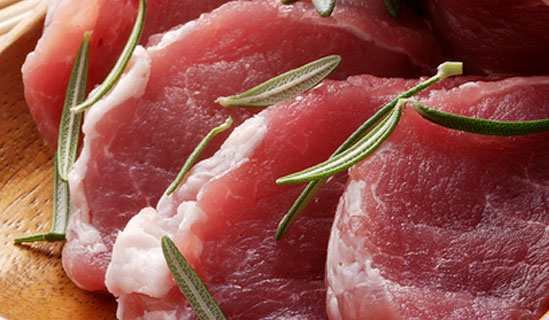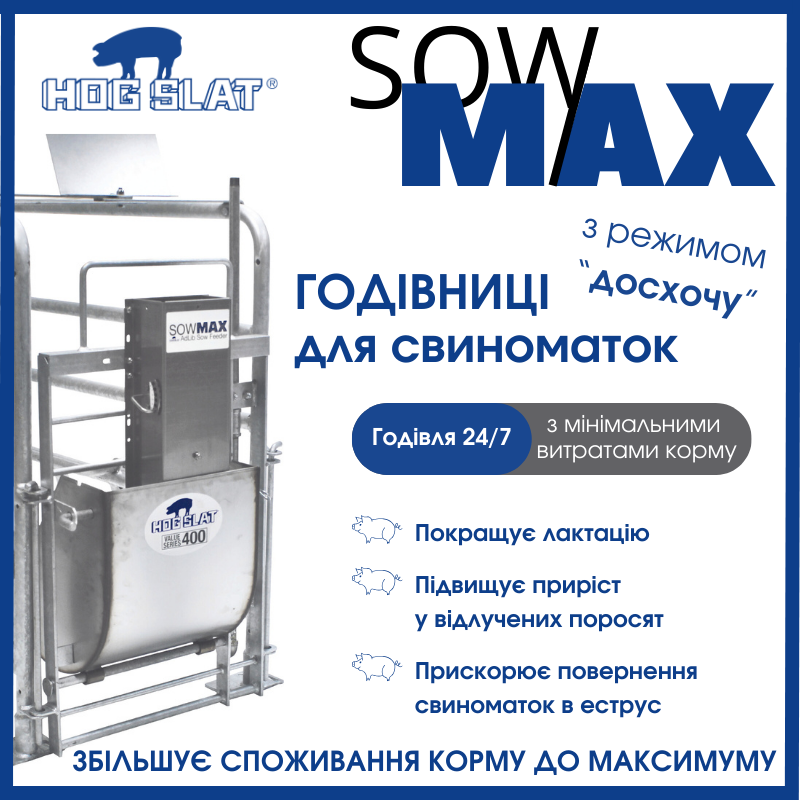 South Korea imported 5% more pork in the first quarter of 2016 than a year earlier, although this is much slower growth than was recorded in 2015.
South Korea imported 5% more pork in the first quarter of 2016 than a year earlier, although this is much slower growth than was recorded in 2015.
In part, this reflects higher domestic production. However, there are reports that booming demand from China is reducing the availability of pork for import by other markets in Asia. This particularly applies to EU pork, which is in especially high demand in China. The Korean figures provide some support for this view, as shipments from the EU were 8% lower than a year earlier.
South Korean pork imports January-March
|
|
2014 |
2015 |
2016 |
|
000 tons |
|||
|
Fresh/frozen pork |
85,6 |
113,4 |
119,1 |
|
EU |
36,9 |
61,4 |
56,4 |
|
11,5 |
20,4 |
19,7 |
|
5,9 |
17,7 |
16,5 |
|
USA |
31,4 |
32,7 |
43,0 |
|
Canada |
8,8 |
10,7 |
8,7 |
|
Chile |
6,1 |
6,2 |
8,6 |
Source: Korea Customs & Trade Development Institution, GTIS
Canada, which is also benefitting from the Chinese market, also shipped less to Korea. The reverse was true for the US, which faces barriers to accessing China due to its widespread use of Ractopamine. This meant it was able to increase its share of Korean imports from 29% last year to 36% in January-March 2016. The slowdown in Korean import growth came despite prices being 11% lower than in early 2015. This meant that the value of imports was 7% down year on year, at ₩376.1 billion.
AHDB



